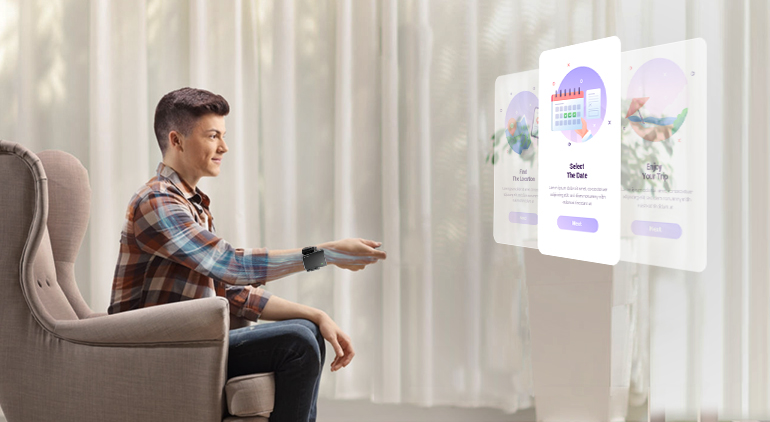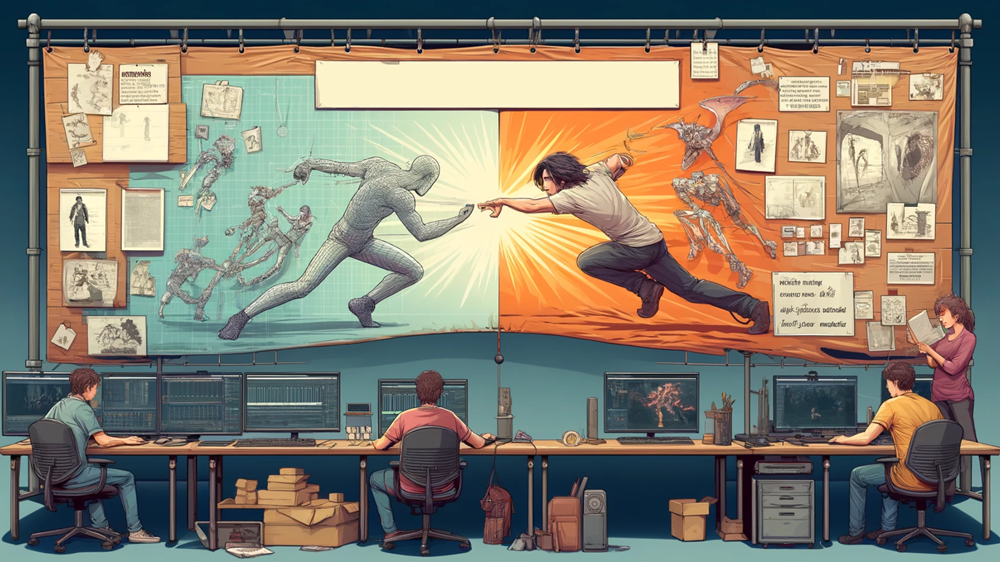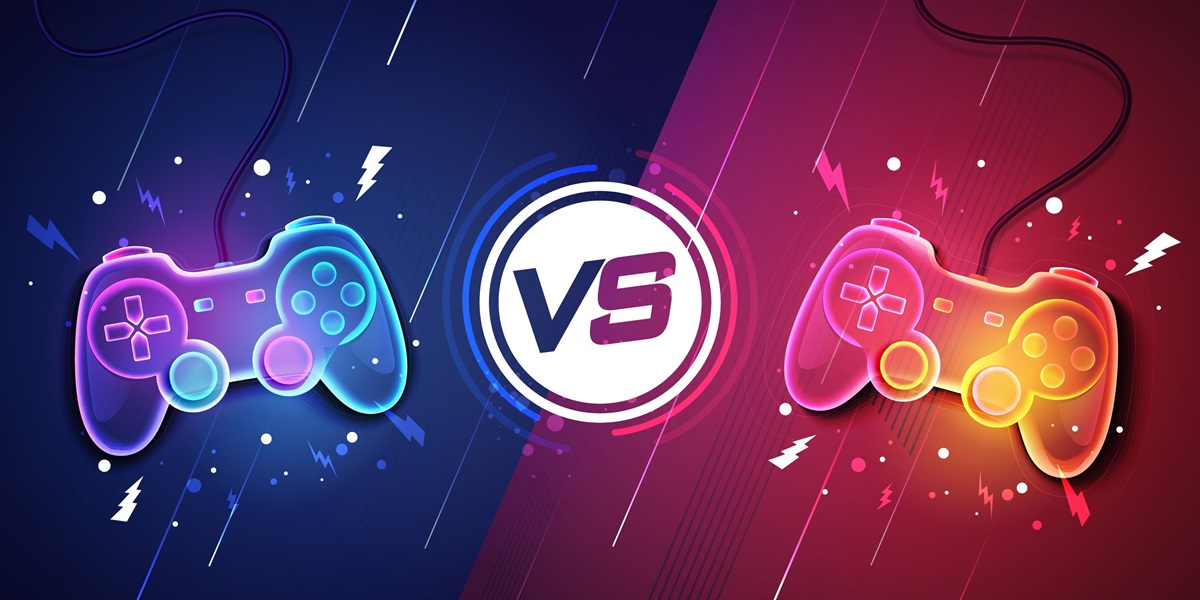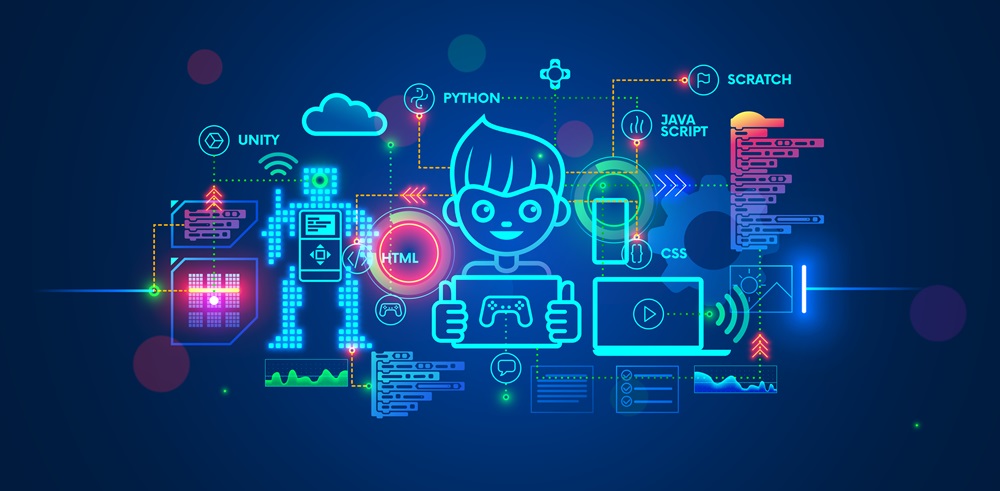AR Wristbands: Facebook’s “mind reading” Breakthrough Tech
“It captures your intention,” said Andrew Bosworth, VP at Facebook Reality Labs as Facebook acquired the cutting-edge “mind-reading” wristbands firm, CTRL Labs in 2019.
Facebook’s latest venture of Augmented Reality optimized neural wristbands takes the spotlight. The social media mammoth is developing an input solution trappable onto your wrists for its Augmented Reality glasses.
There has been quite a buzz about this ever since the headline “Facebook tests New AR-based Wrist Wearable Technology” hit the pages.
Facebook Reality Labs’ constant drift to bridge the gap between the digital and physical worlds has tapped unexplored vistas with this major computing milestone. And this is not just another touch-based digital artifact with a similar interface and a fancier build.
Facebook initially developed neural wristbands that work with its AR glasses as a part of Project Aria initiated in 2020. The brain-computer interface comes as the residue of Facebook’s acquisition of CTRL Labs in 2019.
This billion-dollar acquisition was forecasted to drive AR/VR innovation throughout the market, and Facebook has kept its promise.
The global AR/VR market is expected to reach a $161 Billion mark by 2025 and Facebook Reality Labs currently enjoys a 39% market share. Working on adaptive interfaces, and the “intelligent click” factor could pave a smoother funnel for much more investment pouring in following the success of the neural wristband.
HCI and UX at Facebook
Human-Computer Interaction (HCI) is yet to reach maturity. The ultimatum would be allowing humans to be present in the real world while employing an intuitive, secure, and operational interface to be connected with the digital world.
Facebook’s CTO Mike Schroepfer has concluded that with new interfaces, comes the necessity of newer digital parlance. The narrowing down to wrist-based inputs came after much deliberation though. Form factor married efficiency to pinpoint this design.
Also read: EDIIIE Develops AR-Powered Car Visualizer App
Facebook testing wrist-based inputs for its AR glasses comes with the obvious comparison to Mr. Musk’s delve into Neuralink and brain implants, to which Facebook confidently replies that no one will want their heads drilled open to input a micro-chip into it. Which seems reasonably realistic.
Why the wristband?
Why not voice and traditional devices?
Simply put, in a crowded environment, privacy is greatly reduced by voice inputs. Traditional devices add a layer of disagreement to absolute and seamless integration. Hence the wrist.
Additionally, wrists are placed in close proximity with the world’s greatest interaction devices: your palms.
“We believe our wristband wearables may offer a path to ultra-low-friction, always-available input for AR glasses, but they’re not a complete solution on their own — just as the mouse is one piece of the graphical user interface,” says Hrvoje Benko. Mr. Benko is the FRL Director of Research Science.
“They need to be assisted with intent prediction and user modeling that adapts to you and your particular context in real-time” Benko adds.
At EDIIIE, we believe innovation follows information. So, keep an eye out for more exciting industry developments like this “mind-reading” wristband.






